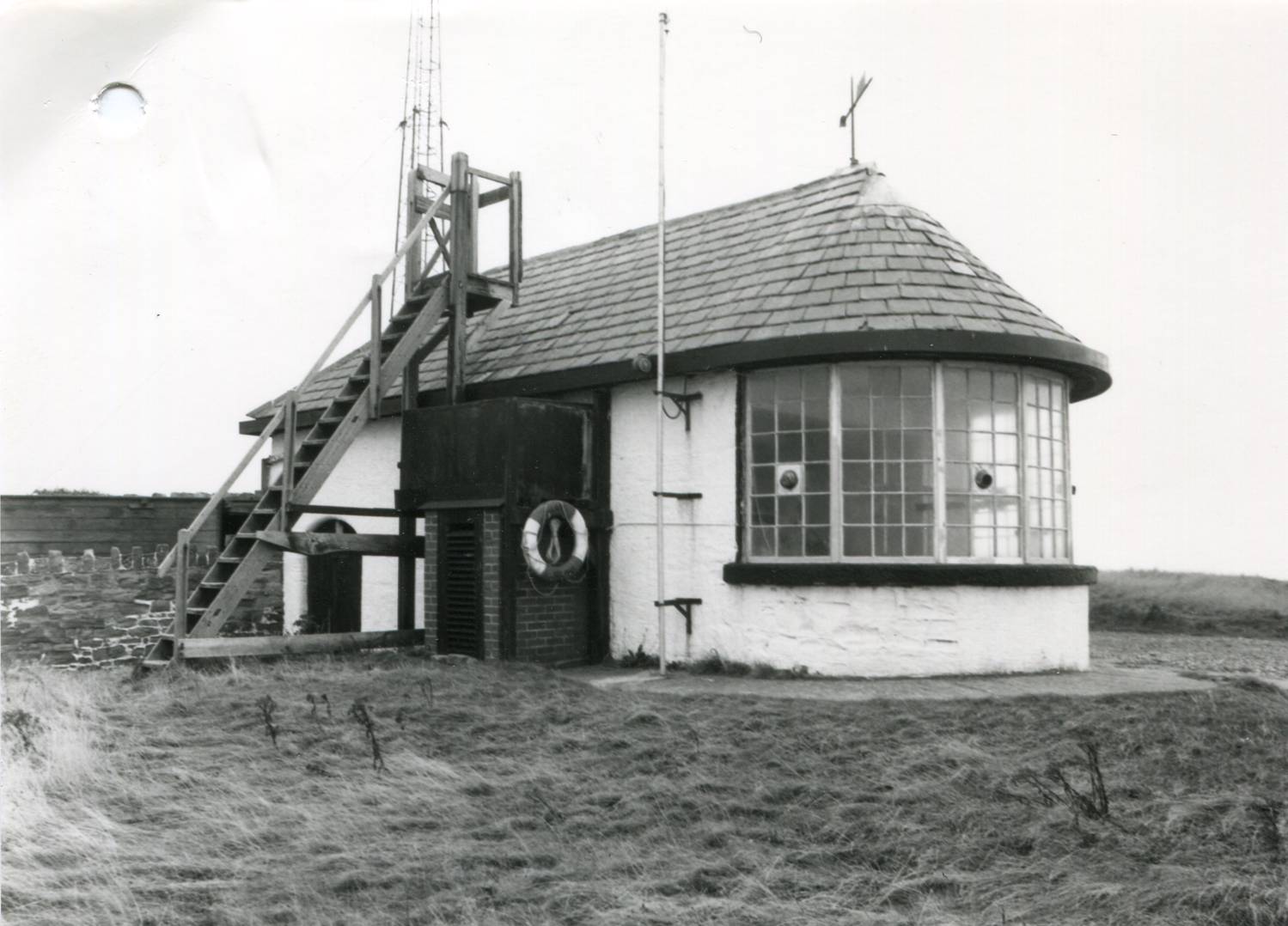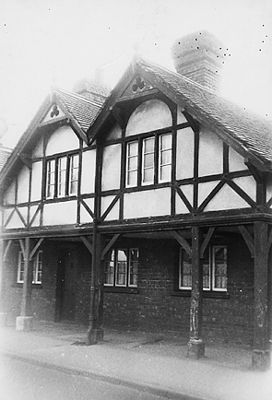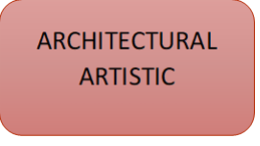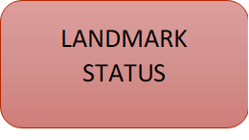Rarity
Often assessed with Age, rarity in the local context can include aspects of style, design, plan form, usage, purpose or construction techniques. For example, Art Deco architecture may be found widely in parts of the Wirral, but features less in other areas, so a good example of an Art Deco building in Knowsley or Sefton may have more significance. Another example might be farm buildings constructed before 1800, particularly in areas where towns grew to support growing populations replacing agriculture areas and farmsteads.
Some old buildings may remain with little alteration from the original form or provide evidence of traditional building techniques, prior to industrialisation and standardisation of processes. Alternatively, they could be buildings or street furniture that are unique to the area and contribute to local character and identity.
Helpful Questions:
- Does the building represent a usage type uncommon locally and/or nationally?
- Does the asset represent an architectural or artistic style uncommon in the area?
- Is it a surviving wartime structure?
- Does the building represent a style or type that is specific to the local area?
- Is it an original street sign, gates, wall, railings or other street furniture that have widely been replaced elsewhere?
Follow the links below or at the top of the page for other criterion.








